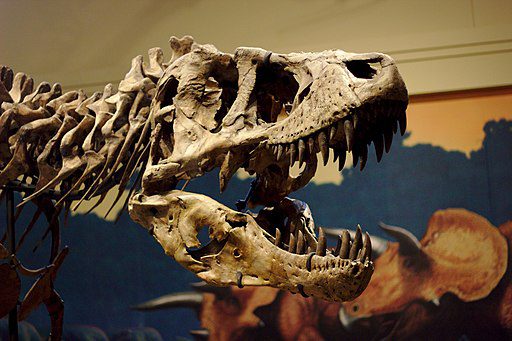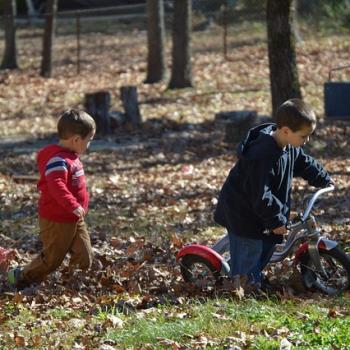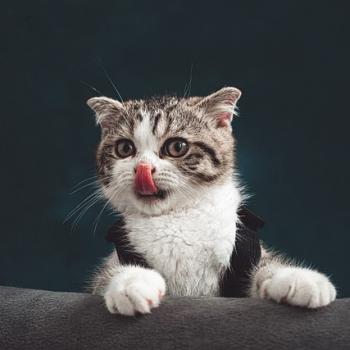
Yesterday was a Rose Day, a day where Rose gets to choose what to do.
The day before was also a Rose Day of another kind: she gets to choose her extracurriculars, when we can afford them. She was in soccer already and I finally, finally managed to sign her up for martial arts again, her first martial arts class since the pandemic began in Ohio. Martial arts are Rose’s passion. She is happy and focused when she gets to practice taekwondo, judo and kickboxing. I’ve never had a head for sports, and neither has Michael. I wouldn’t have known where to start. But when Rose was having social phobia in her Kindergarten years, the pediatrician said she needed after school lessons. I read her the list of activities offered at the free after school club and told her she had to choose two. I thought she’d choose art and gymnastics. Instead, she chose Bible Club and self-defense. She was so good at self-defense that that instructor offered us a discount on real martial arts classes, and a passion was born. I hope she gets to practice martial arts forever.
I wasn’t raised this way. I was raised to believe that children are molded in the hands of their parents. My mother flatly told me “children have no rights” and forced me to go to the Regnum Christi youth group and open gym at the Salesian Center with the other teenage homeschoolers, so I would stop being an introvert. I grew up feeling guilty that I couldn’t be what she wanted. I couldn’t turn into an extrovert. I couldn’t like what I was supposed to like, or have a personality that pleased her. “Get a personality transplant,” she would taunt me, but I couldn’t.
I like my way better.
We drove out to Pittsburgh to visit the Carnegie Science Center. Rose loves science, so I thought she’d have a great time, but she was immediately apprehensive. The Carnegie Science Center is a modern type of museum, an “interactive” museum with buttons to push and noises to listen to and docents in lab coats everywhere, running around telling you things. There is an impressive robot with a fork for an arm who plays basketball, to demonstrate some principle of robotics or other. There is a machine that farts and burps and sneezes to show you that bodies make noises. There is a display where you push a button and a fan wafts a smell at you, so you can guess what the smell is, which demonstrates something to do with neurology. There is a water table you can stick your hands in, that’s supposed to tell you about the water cycle. It’s a lot of fun, for most children. But Rose didn’t like it. It was too light on actual science. It was overstimulating and loud. And she complained that it was geared to children younger than she was. She asked to go home after a very short visit.
At first I was offended. Our membership was paid for, but what about the hour driving here, the gas we burned and the five dollars for parking? Why couldn’t she have fun? For once in her life, couldn’t she pretend to be a normal child and have a good time?
Then I realized I was angry with my daughter for not having fun on command. We left the science center.
“Do you want to go straight home? Or do you want to stop in and see the dinosaurs at the other Carnegie? Our membership pays for that too, and it doesn’t close for an hour.”
Rose said she’d like to see the dinosaurs.
The “other Carnegie” is the Carnegie Museum of Natural History, in the same sprawling complex as the Carnegie Museum of Art. I love the Carnegie Museum of Art. I could spend all day there. Rose has little patience for the fine arts, but she likes dinosaurs. And it was Rose’s day, not mine.
It’s surprisingly complicated to drive from one Carnegie Museum of Pittsburgh to another Carnegie Museum of Pittsburgh: three miles away as the crow flies, but twenty minutes of squiggled roads if you plan to go by car. We paid seven more dollars for parking on that side of town, and walked into the museum.
The Carnegie Museum of Natural History is not “interactive.” It’s the other kind of museum, the kind where you look at things. It has cards on the wall you have to read to understand the exhibits. It has high ceilings and impressive corridors that seem to soak up sound, so it feels like being in a library or cathedral, even when it’s crowded.
Rose was instantly at peace.
We saw the Apatosaurs, taking up the giant vaulted room from the needle-thin tip of her ever-thickening tail to the comically small oval of her head. We saw the stegosaurus and the triceratops, the adorable puppy-sized psittacosaurus with his bushy tail, the protoceratops looking like a baby dinosaur. Nothing lurched at us, shouted or passed gas.
Next, we went to see the prehistoric mammals in the next room. There was a saber-toothed cat and a display on the evolution of the horse. There was a ground sloth, and I told Rose about when I was a little girl and pretended there was the ghost of a prehistoric ground sloth living behind the furnace in my basement.
In one corner of the prehistoric mammal exhibit, there was a solitary “interactive” exhibit for children with signs saying “please touch!”
Rose glared at me as I stroked the taxidermy bear. I explained it was allowed, but she didn’t want to touch it. She just wanted to look.
We went upstairs to the dioramas of African and American animals. Rose explained all the fun facts she knew about African biomes; she identified every beast without reading the card. I just listened, letting her educate me.
She leaned over the railing of one of the museum’s cavernous atria, looking down three stories to the marble tiles of the ground floor. I didn’t, because I’m terrified of heights. Just being near one of those openings makes me dizzy. But I didn’t stop her from looking.
Then we went to the gift shop. We still had a little bit of money left over from our one big check of the year, before we have to go back to pinching every penny and never having treats.
“You can get any one thing you want here, within reason,” I said. “Want a t-shirt?”
Rose didn’t want a t-shirt. She critically examined every single stuffed animal, hugging them, gazing into their eyes, reading the tags as she’d read the cards in the dinosaur display. She pulled an enormous sequined boa constrictor off of a rack and nearly took it, but then she put it back and got a red Tyrannosaurus.
The Tyrannosaurus roared at me and chomped me with his plush jaws all the way out of the museum.
“All right,” I said, gesturing to the street across from the museum, where there are countless restaurants. There was sushi and tacos, Chinese food and Japanese hibachi, Indian food, burgers, salad. “What do you want for dinner?”
Rose thought for a moment. “Can we go back to Steubenville for dinner?”
Yes, she could. I bought my own dinner to go, and we set out for home. On the way, we “voiced” a dollhouse story. And in Steubenville, we bought a pound of strawberries and place-and-bake gluten free cookie dough.
I wonder what the world would be like if we just let people be themselves.
Of course, it could be that not everyone’s as wonderful as Rose. But they might be.
Steel Magnificat operates almost entirely on tips. To tip the author, visit our donate page.













